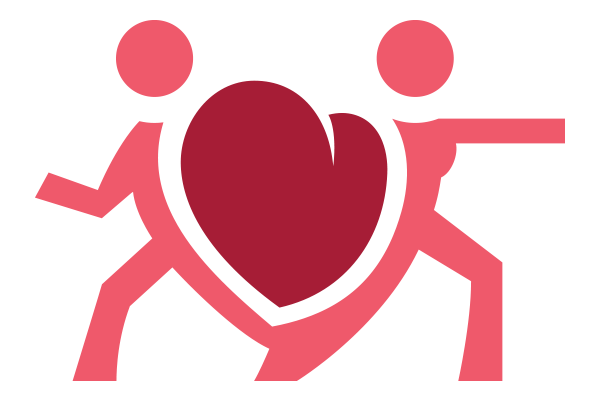Listening to Your Body
I think most of us listen to our minds (sometimes too much, as when we worry about things we can't change)--but we would be a lot happier if we also listened attentively to our bodies. During my yoga classes, after I teach pigeon pose on one side, I have my classes move and shake out their now stretched leg to compared it with the one we've not stretched yet. Nearly always, we find an extremely satisfying difference in the efficiency and mobility of one versus the relative stiffness of the other; I then tell my students to imagine how they feel before and after their whole yoga class. This is part of the magic of yoga, that you didn't quite know how good you could feel until you actually do some yoga. With the greater body awareness gained from yoga, you can more easily fine-tune your the intensity of training, but also just feel all-around better. Until yoga, you didn't even know how great you could feel.
Yoga helps you as a runner through keeping your body limber, mobile, and efficient. It keeps your body balanced from side to side to keep your gait even, and it counteracts the stress of the repetitive motion of running to keep you from becoming tight, stiff, or developing overuse injuries. However, one of the more unexpected ways that yoga helps running is by enabling you to better listen to your body’s cues. As you practice yoga for a longer period of time, you also learn to understand your body better. You know where your arms are in your triangle pose, you understand how to more firmly ground the back hip in your pigeon pose. You have much greater, more subtle, awareness of how your body feels and moves when in different yoga poses. The typical modern day does not require us to stand around in vrksasana/tree pose; yoga makes you think about your limbs and all the rest of you in a more thoughtful, detailed way than other activities. You become much more perceptive about how you feel.
As I discussed in my TEDxUVA talk “Do Yoga Run Faster,” this translates to better run training because you are more likely to feel any developing imbalances in your body, and then given—through yoga—the tools to correct them before they become anything that could harm your training. Yoga gives you greater awareness of your particular body. (In other words, yoga isn’t just about becoming more flexible. You just flat-out know your body better.) In yoga class, you soon learn to listen to what your body can and cannot do at any given time, and that every day is different. This lets us be more accepting of ourselves no matter how we are feeling.
As a runner, it’s easy to get caught up in the numbers: weekly mileage, how many minutes I’ve cooled down, how much did I beat/miss my PR by, etc. Information like this is useful and important but it shouldn’t override your sense of how you feel when you’re doing all those miles or running your cooldown…your body will give you lots of information if you learn to pay attention to it which will let you adjust your training accordingly. Train hard, rest hard. Be flexible, in more ways that just your physical body; don’t get caught up in the grind of what you’re doing without paying attention to how you are actually feeling.
This idea of being sure to pay attention to how your body is feeling—in addition to all the numbers we love—is also easily relatable to why we run to begin with. Don’t let the numbers interfere with the joy of running for running’s sake; be a little more chill, don’t be so hung up on following the plan so exactly, that you lose sight of the awe of the movement of running.
Ultimately, we run for many reasons: for exercise, for the joy of movement, for the thrill of competition, to push and challenge ourselves, to accomplish goals, for an escape from life, to spend time with friends, to spend some time alone in nature, to see what we can do, to enjoy the sunshine--and the rain, and the snow! Along with paying attention to how your limbs and body feel, pay attention to how your spirit feels too.
Here a little one-minute sequence to recharge your day. See video below for full movements.
1.) Begin in downdog.
2.) Inhale to your toes, exhale to tap knees to floor. Inhale knees up, exhale heels down.
3.) Repeat your knee taps as often as desired. On your next knee tap, release knees and then toes fully to mat.
4.) Go through a few rounds of cat-cow: Inhale to round up, gazing up and sending your tailbone up. Exhale to round in, looking towards your belly button.
5.) Tuck toes under to send hips up and back to come into downdog. Inhale forward, shift weight to left hand and foot to come into side plank. In your side plank, try lifting your top leg and sending top arm forward.
6.) Let top lifted leg drop behind you to drop into wild thing. Press into your right foot and reach through your fingertips. Flip yourself back over to regular plank, and then repeat the side plank to wild thing movement on your right side.
More yoga videos and sequences for runners here!


